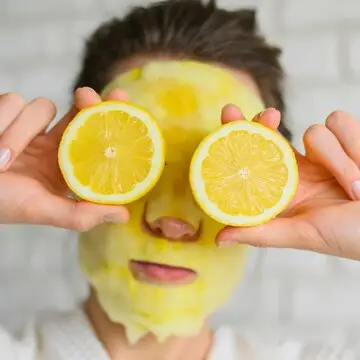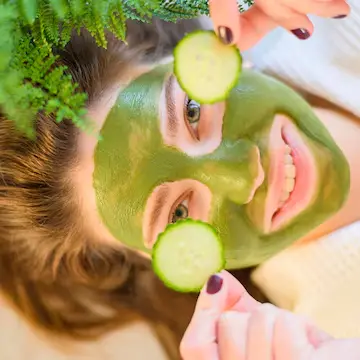Understanding Acne Types and Effective Care Strategies

Introduction: Acne is a common skin condition that affects millions of people worldwide, regardless of age or gender. From pesky blackheads to painful cysts, acne can manifest in various forms, each requiring tailored care and treatment. In this article, we’ll explore the different types of acne and provide effective strategies for managing and preventing breakouts.

Understanding Acne Types and Effective Care Strategies

Types of Acne:
- Whiteheads (Closed Comedones): Whiteheads occur when pores become clogged with oil, dead skin cells, and bacteria, resulting in a small, raised bump with a white or flesh-colored top. They typically appear as tiny, closed bumps on the skin’s surface.
- Blackheads (Open Comedones): Blackheads form when pores become clogged with oil and dead skin cells, but unlike whiteheads, the pore remains open, allowing the trapped debris to oxidize and turn black. They often appear as small, dark spots on the skin.
- Papules: Papules are small, red bumps that develop when inflamed or infected pores become swollen and tender. They do not contain pus and may feel sore or tender to the touch. Papules are a common type of inflammatory acne.
- Pustules: Pustules are similar to papules but contain pus, giving them a white or yellowish appearance at the center. They are often surrounded by red, inflamed skin and may be painful or tender.
- Nodules: Nodules are large, painful bumps that form deep within the skin when clogged pores become severely inflamed. They are firm to the touch and may persist for weeks or months without coming to a head. Nodules are a severe form of inflammatory acne.
- Cysts: Cysts are deep, pus-filled lesions that develop when clogged pores become infected, leading to a painful, swollen bump beneath the skin’s surface. They often cause significant discomfort and can result in scarring if not treated promptly.
Effective Care Strategies for Acne:
- Gentle Cleansing: Cleanse the skin twice daily with a gentle, non-comedogenic cleanser to remove excess oil, dirt, and impurities without stripping away moisture. Avoid harsh or abrasive cleansers that can irritate the skin and exacerbate acne.
- Exfoliation: Exfoliate the skin 1-2 times per week to remove dead skin cells and prevent clogged pores. Choose a gentle exfoliant containing salicylic acid or glycolic acid, which can help unclog pores and reduce inflammation.
- Topical Treatments: Use over-the-counter or prescription-strength topical treatments containing ingredients like benzoyl peroxide, salicylic acid, or retinoids to target acne-causing bacteria, reduce inflammation, and promote cell turnover. Follow product instructions carefully and start with lower concentrations to minimize irritation.
- Spot Treatments: Treat individual acne lesions with targeted spot treatments containing benzoyl peroxide, salicylic acid, or sulfur to accelerate healing and reduce inflammation. Apply a small amount directly to the affected area and avoid overusing spot treatments, as they can cause dryness or irritation.
- Moisturize: Moisturize the skin with a lightweight, oil-free moisturizer to prevent dryness and irritation, especially when using acne-fighting products. Look for non-comedogenic formulas that won’t clog pores or exacerbate acne.
- Sun Protection: Protect the skin from UV damage by applying a broad-spectrum sunscreen with SPF 30 or higher every morning, regardless of skin type. Choose oil-free or non-comedogenic sunscreens to prevent clogged pores and breakouts.
- Lifestyle Changes: Maintain a healthy lifestyle by eating a balanced diet, staying hydrated, getting regular exercise, and managing stress levels. Poor diet, dehydration, lack of exercise, and stress can all contribute to acne flare-ups.
- Professional Treatment: Seek professional guidance from a dermatologist if over-the-counter treatments are ineffective or if acne is severe or persistent. Dermatologists can prescribe oral medications, such as antibiotics or isotretinoin, or perform procedures like chemical peels, laser therapy, or extractions to treat stubborn acne and prevent scarring.
Conclusion:
Acne is a multifaceted skin condition that requires personalized care and treatment based on its type and severity. By understanding the different types of acne and implementing effective skin care strategies, you can manage breakouts, reduce inflammation, and achieve clearer, healthier skin. Remember to be patient and consistent with your skincare routine, as improvement may take time. With the right approach and professional guidance, you can take control of your acne and restore your skin’s natural balance and vitality.






